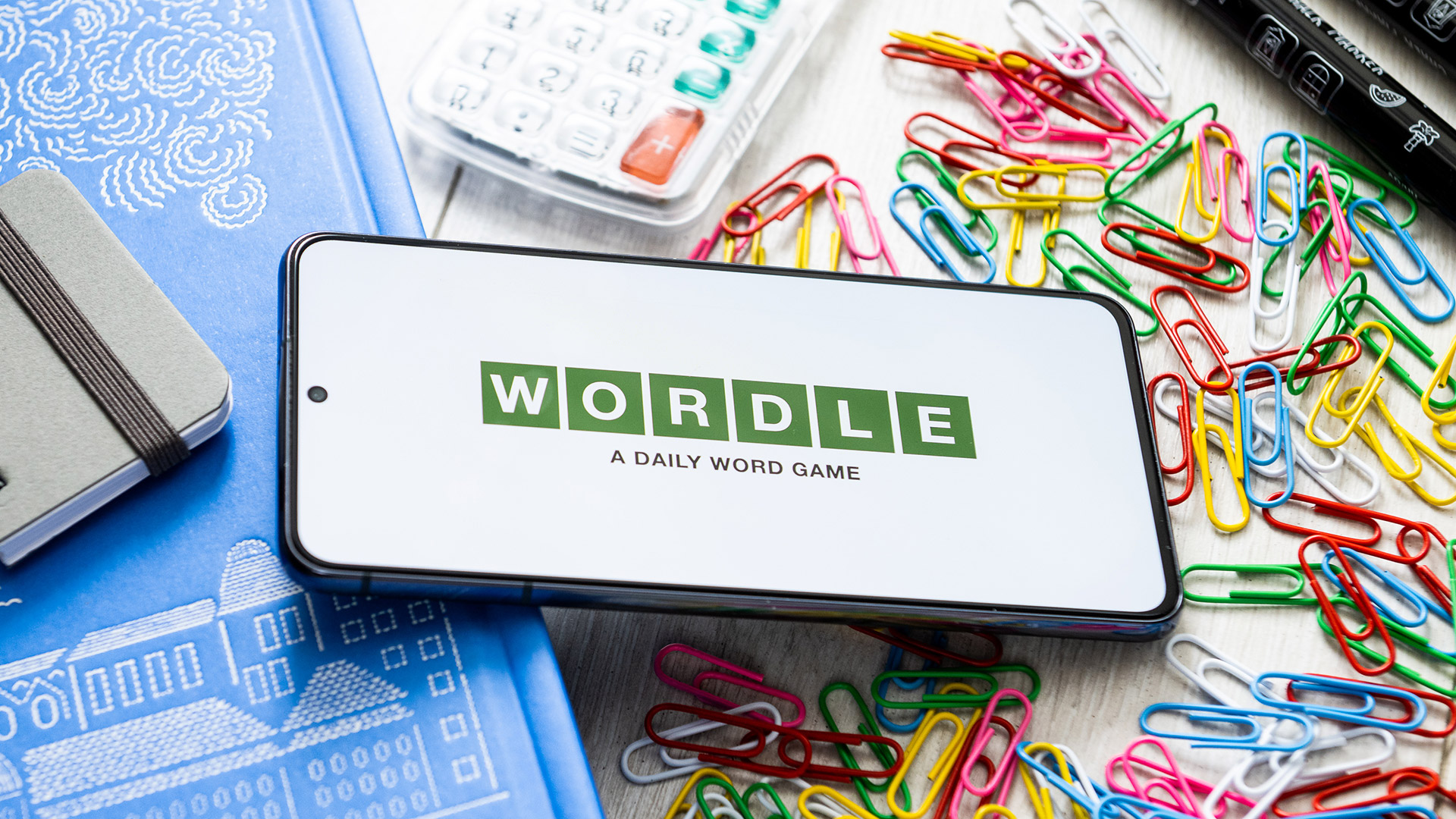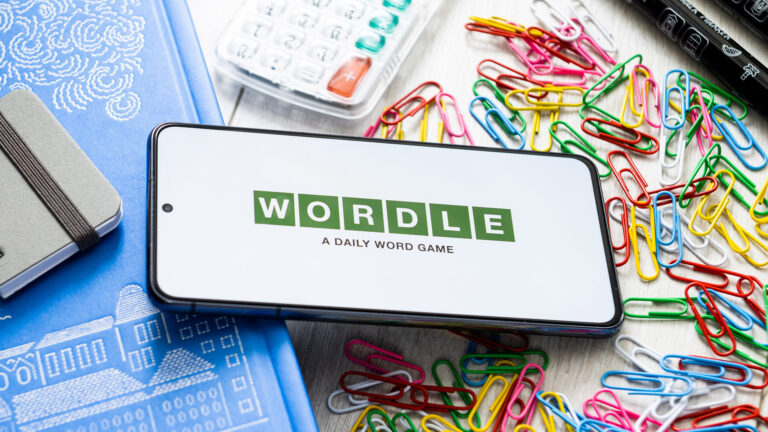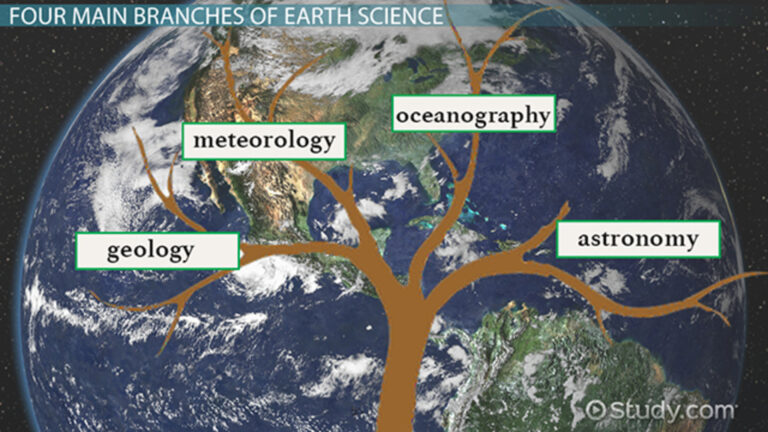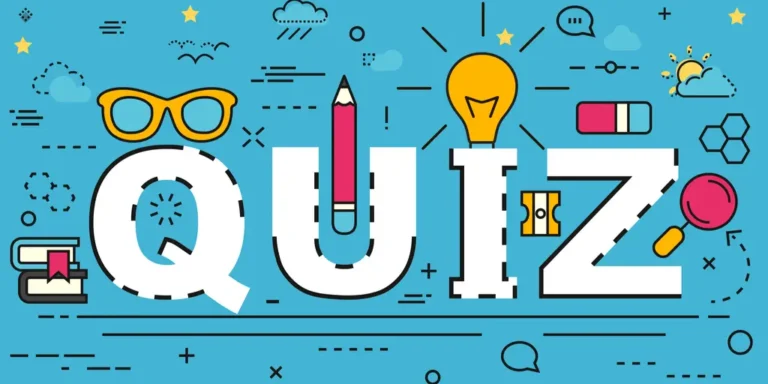
NYT Wordle
Introduction
In the world of daily online games, few have captured global attention like Wordle. This simple yet captivating word puzzle, now hosted by The New York Times (NYT), has become a morning ritual for millions of people across the globe. Whether you’re a casual gamer, a language enthusiast, or someone who just enjoys a few moments of brain exercise, NYT Wordle delivers the perfect blend of simplicity and strategy.
The beauty of Wordle lies in its elegance — one puzzle per day, one five-letter word, and six chances to guess it correctly. But beyond that simplicity, the game hides a world of linguistic challenge, community bonding, and smart thinking.
The Origin of Wordle
Wordle was originally created by Josh Wardle, a software engineer from Wales. It began as a small personal project designed for his partner, who loved word games. The game’s name, “Wordle,” cleverly plays on the creator’s surname. When it launched publicly in late 2021, it quickly spread across social media — especially Twitter — where players began sharing their results in a grid of colored squares.
What made Wordle go viral was its shareable format. Without revealing the answer, players could showcase their skill level, sparking friendly competition and curiosity. In early 2022, The New York Times Company acquired Wordle, recognizing its massive potential to engage audiences worldwide. Since then, it has been integrated into the NYT Games platform alongside other favorites like the Crossword and Spelling Bee.
How to Play NYT Wordle
The rules are straightforward, which is part of Wordle’s universal appeal. Every day, the NYT Wordle presents one mystery five-letter English word. Players have six attempts to guess it correctly.
Here’s how it works:
- Enter any five-letter word as your first guess.
- The tiles change color to provide feedback:
- Green: The letter is correct and in the right spot.
- Yellow: The letter is in the word but in the wrong spot.
- Gray: The letter is not in the word at all.
- Use these clues to refine your next guess until you find the correct word — or run out of tries.
Each day brings a new challenge, and there’s no way to skip ahead. That daily limit creates suspense and keeps players coming back.
Why NYT Wordle Became So Popular
Several factors explain why NYT Wordle turned into a worldwide phenomenon.
First, simplicity is key. Unlike many games filled with ads, complicated levels, or in-app purchases, Wordle is refreshingly minimal. Its clean design and short daily playtime make it perfect for busy people.
Second, social sharing helped boost its popularity. The unique emoji grid allowed players to post results without spoiling the answer, creating a shared global experience. People could compare scores, discuss strategies, and even challenge friends.
Lastly, there’s the psychological satisfaction of solving a puzzle. Each correct guess feels rewarding, and even failure becomes part of the fun. The streak counter also motivates regular participation, adding a sense of progress.
NYT Wordle’s Educational and Cognitive Benefits
While Wordle is fun, it’s also surprisingly beneficial for your brain.
- Vocabulary Expansion: Frequent players discover new English words and their spellings.
- Pattern Recognition: The game enhances your ability to detect linguistic structures and patterns.
- Logical Thinking: Strategic guessing encourages problem-solving and deduction skills.
- Memory Improvement: Recalling words and letters under pressure helps exercise short-term memory.
Teachers and linguists have even begun incorporating Wordle-like puzzles into educational settings to make language learning more engaging.
The NYT Influence and Game Evolution
After acquiring Wordle, The New York Times made subtle yet effective improvements. They added a more refined interface, ensured puzzle fairness through dictionary moderation, and linked it with NYT accounts to track streaks across devices.
The company also integrated it into its Games App, which includes Mini Crossword, Connections, and Spelling Bee. Wordle’s success has directly inspired similar word-based challenges like Quordle, Dordle, and Octordle, where players guess multiple words simultaneously.
Still, NYT Wordle remains the gold standard — the original that started it all.
Wordle Communities and Global Connection
Wordle has fostered a unique sense of community. Every morning, millions of people across different time zones attempt the same puzzle, creating a silent global conversation. Twitter threads, Reddit groups, and Discord servers are filled with discussions about strategies, favorite starting words, and occasional complaints about tricky answers.
The game also transcends language barriers. Many countries have created local versions, such as Spanish (Wordle ES), French (Le Mot), and Urdu Wordle — showing how a simple concept can adapt worldwide.
Best Strategies to Master NYT Wordle
Though luck plays a small role, experienced players rely on proven strategies:
- Start with a strong word — Use a word with common vowels and consonants, like CRANE, SLATE, or AUDIO.
- Eliminate letters efficiently — Avoid repeating gray letters to maximize your chances.
- Think phonetically — Consider common English letter pairings like TH, CH, or SH.
- Watch for double letters — Words like “EERIE” or “APPLE” often catch players off guard.
- Stay calm — Sometimes, taking a short break and revisiting the puzzle with fresh eyes can help.
Consistency and logic often matter more than vocabulary size.
NYT Wordle’s Impact on Modern Media
Wordle has changed how media outlets view digital engagement. It proved that simple, free, and accessible games can drive massive daily traffic. The NYT’s investment paid off not just financially but culturally, as Wordle has become part of internet culture, featured in memes, podcasts, and even academic discussions.
Its design philosophy — “less is more” — has influenced countless developers aiming to recreate the same viral simplicity.
Challenges and Criticisms
Despite its popularity, NYT Wordle isn’t without controversy. Some users claim that the puzzles became harder after the NYT acquisition, though data analysis shows the difficulty level remains fairly consistent. Others dislike needing an NYT account to save streaks.
However, the NYT has maintained Wordle’s free accessibility and core gameplay integrity. They continue to ensure that each day’s word is fair, recognizable, and appropriate — keeping the global Wordle community alive and thriving.
Conclusion
The success of NYT Wordle highlights a timeless truth — the simplest ideas often have the most profound impact. What started as a small love project has become a cultural landmark, bringing joy, learning, and connection to millions around the world.
Every green square on the screen represents not just a correct guess but a shared human experience — curiosity, patience, and satisfaction. Whether you’re on your morning commute, sipping coffee, or winding down after a long day, NYT Wordle is a daily reminder that words can still bring us together in a digital age.





